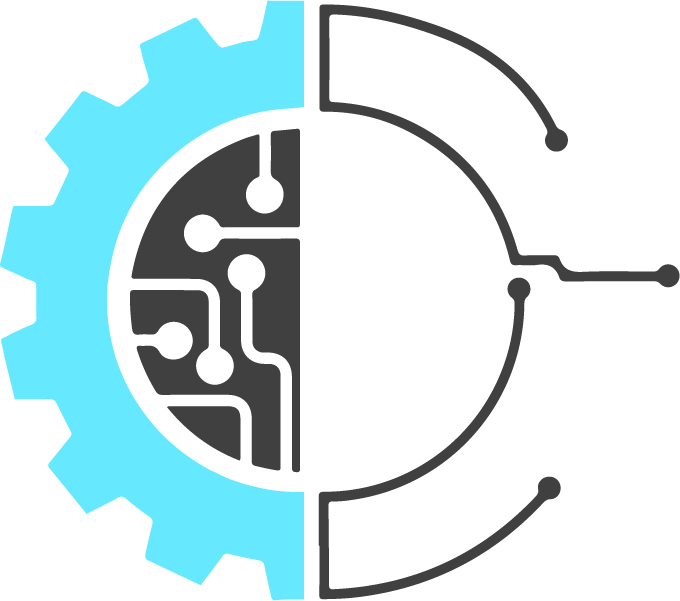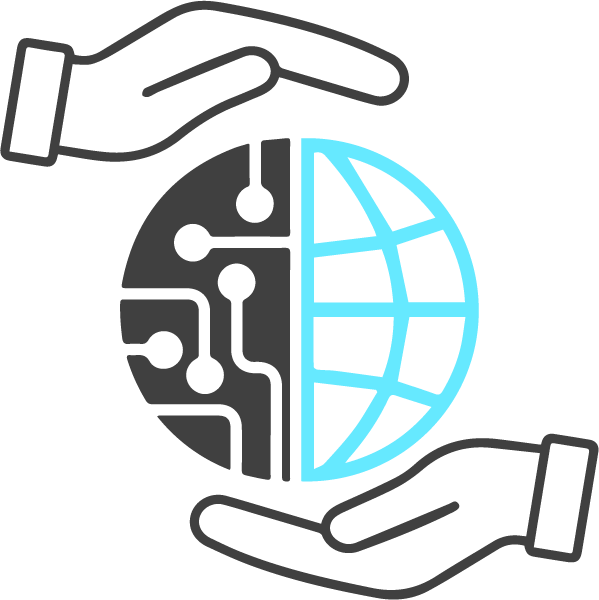ARCHe_Tool: Adaptive Reuse of Cultural Heritage
Guaranteeing a future for cultural heritage in an era of rapid technological innovation is a complex challenge. The aim of this project is to develop
ASP projects
Students participate to multidisciplinary projects, focusing on real and relevant problems, proposed as a collaboration between universities and external institutions (i.e., firms, governmental or research institutions).
Project teams consist of 5/6 students from different schools and are therefore intrinsically multidisciplinary. Each project team is assisted by tutors with a multifaceted background, selected among the Faculty of Politecnico di Milano and Politecnico di Torino as well as among experts of the proposing external institutions. Tutors advice students and periodically review their intermediate results.
Projects are focused on four “problem-based learning” tracks:




Teams are provided with funds that allow them to make study trips, attend conferences, buy books and materials to help develop the project. The project plan and budget is defined by the team and agreed with the tutors.
For more information, please write an email to projects@asp-poli.it
The results of the projects from the 1st to the 15th ASP cycle are reunited and published in books that can be downloaded here.
Last ASP projects
Guaranteeing a future for cultural heritage in an era of rapid technological innovation is a complex challenge. The aim of this project is to develop
The need to monitor the territory, as can be seen from Regional, National and International requests, is strong and growing. The development of technologies for
In the age of urbanization, mountain areas are facing a continuous depopulation and a decrease in socio-economic standards, which entails a disharmony development leading to
The Turin Energy Centre multidisciplinary project is a work aimed at designing the functions and assessing the energy performance of a 20.000 m2 under-construction building.
The aim of the project is to draw the next frontiers of cold spray (CS), a new, solid-state coating deposition technology. At first, the process

Climate change concerns, urban air pollution and new regulations in the transport sector are shifting the attention to Electric Mobility, recognised as the most sustainable
Nowadays in the western world, two main trends are giving birth to several opportunities and threats from social, political, legal, environmental and economical perspectives: the
The HyperSMS project is devoted to the identification of a solution for achieving reusability of space vehicles and thus increasing space access capability. What really
In the context of this project, we applied the principles of neuromorphic computing to the classification of EMG signals, proposing an innovative approach to prostheses
In recent years the data companies collect from their business have increased exponentially and new frontiers of information extraction has started the so called Big
Visual impairment is a global health issue which impacts the life of about 285 millions of people, interfering with their daily activities and routine. Among
Space has always captured human imagination ever since the most ancient civilizations, but it was only in the last century that science evolved to the
Currently, the approach in life science teaching makes a wide use of visual representations, especially when molecules are involved. Indeed, due to their size they
As Aristotle said, “Man is by nature a social animal”. One of the main characteristics of human beings is the will to be together and
Information technologies offer innovative ways to deal with urban space. EXPO 2015, as occasion to promote the local and regional area values, requires an original
The Smart City is stuck in the middle between visionary concepts and implementation problems whose origin often lies in organizational and management problems. Since Information
Operating in the energy sector and interested in the new market possibilities offered by the Micro Combined Heat and Power (µCHP) generation, the group AsjaGen
Cycling Tourism is a new and great challenge for enhancing our territories thanks to its powerful ability to generate green jobs, economies, cultural actions involving
The ESTIA project is an innovative product-service solution for earthquake-related housing emergency in ‘aree sparse’, meaning all those areas far from the main urban centres,
The proposed solution is a wearable device ecosystem, called IOM (Internet of Mobility), consisting of: a wearable device, which exploits a set of different sensors
In the 21st century, changes in economy, politics, culture and social life caused changes in the role of museums. This project aims to respond to
What does it mean to build a national railway that can switch from freights to passengers in a developing country? Which relations and connections have
The ASP project “The Age of Smart Factories: New ICT for the Automotive Supply Chain of the Future” was commissioned to the group by Fiat
In the Digital Era, social media provide to the fashion industry a powerful tool to stimulate discussion and build brand awareness, along with improving consumer
In recent years, many studies have revealed the increasing rate of hospital obsolescence. This fact is a reflection of the fast pace at which contemporary
Thermal, acoustic and lighting comforts are fundamental aspects in the design of sustainable or resource efficient buildings. The need for low-impact structures is compelling in
Sustainability has become an international agenda; and due to its size, complexity, and influence in society, it is important to enhance sustainability in Higher Educational
The Additive Manufacturing technology is one of the agents responsible for the 4th industrial revolution for at least three reasons. First, it offers the possibility
The Smart Light project consists in the development of a car taillight that is smarter than what is currently available on the market. The objective
Main purpose of the project has been the synthesis of a new nanogel based on a PEG-PEI copolymer decorated with a modified guanidino-glycoside compound. This
The FIAMME project consisted in developing a surface finishing process that could be effective on additively manufactured (AM) components with complex geometries. AM parts can
The Active Pedal is an innovative accelerator pedal developed by Robert Bosch GmbH which applies haptic stimuli (vibration, counterforce or knocking) under certain situations; the